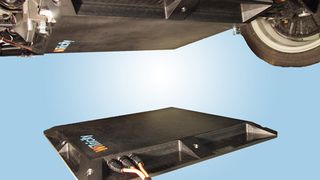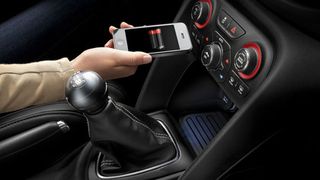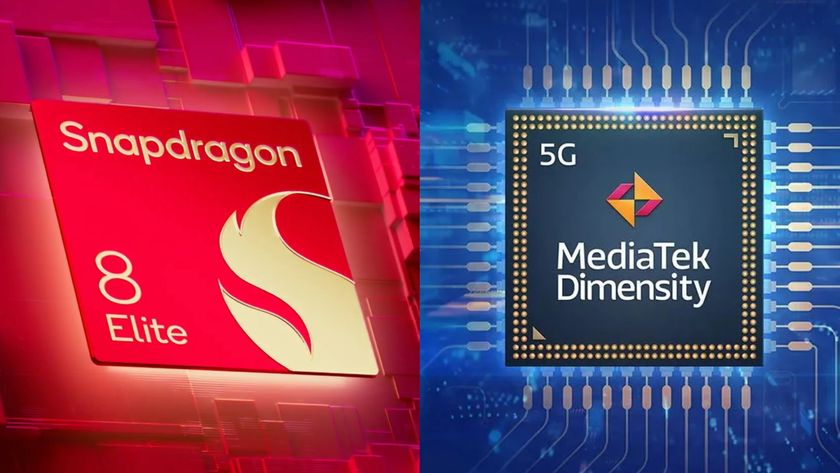Whatever happened to wireless charging?
The tangle of cables could be here for some time yet
WiTricity is one company that markets wireless charging solutions for the automotive market. The company has also demonstrated its inductive resonance technology wirelessly powering a television as well as a number of mobile phones, is supplying its technology to OEMs and believes the first products should be on the market this year.

There already some products on the market, such as Duracell's Powermat, which doesn't use the resonance technique, so is much shorter range. In addition, devices such as mobile phones don't yet have induction coils built in and so have to be fitted with special cases containing the necessary circuitry.
However, if there's one sign that a technology is becoming more mainstream, it's when car manufacturers start to adopt it. Chrysler has announced that in 2013, its Dodge Dart car will have the option for a wireless charging bin. As devices to be charged will require special sleeve or cases, it's not clear if this is a bespoke Powermat solution, or something else, but the option to do away with a wired cigarette lighter adapter is certainly a welcome move. The $200 price tag may be a bit much to swallow though!

It seems that the technology still has quite a way to go, before it becomes an attractive proposition. Duracell has been refining the Powermat technology and has a vision where tables in bars or cafes have embedded wireless charging points. A lot of people leave their phone on the table when they are out socialising, so why not top up the battery while you're at it? However, so long as you need to add a case of sleeve to your device, the appeal of wireless charging is limited.
Ironically, some phones such as the Samsung S3, already contain part of the technology needed for wireless charging and it's even built into the battery. RFID, or Near Field Communication (NFC) uses very similar principles, in that a coil in the phone's battery, induces a current in the chip that you are trying to read, which then has enough power to transmit back the required information.
In June of this year, Intel demonstrated wireless charging between an all-in-one PC and Samsung mobile phone. Intel hopes to bring laptops featuring the technology to market in 2013, but for the concept to really work, phone and gadget manufactures also need to embrace the concept.
So far only a few manufactures, such as HTC, Samsung and LG are consortium members and the technology is expensive to incorporate.
Get daily insight, inspiration and deals in your inbox
Sign up for breaking news, reviews, opinion, top tech deals, and more.
So, it seems unlikely that we're going to see wireless charging becoming either affordable or more widespread for at least a year, but more likely 18-months to two years. Until then, we'll just have to carry on doing things the old-fashioned wire and put up with the tangle of wires.












